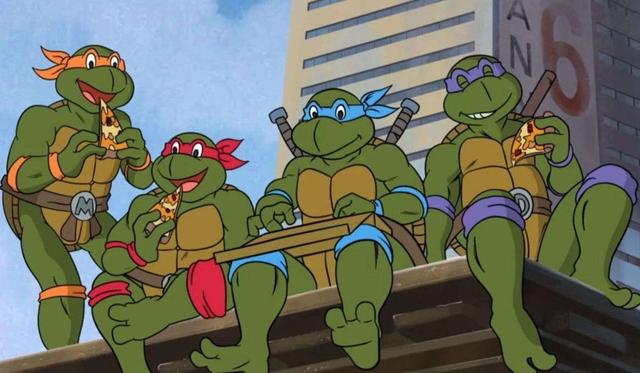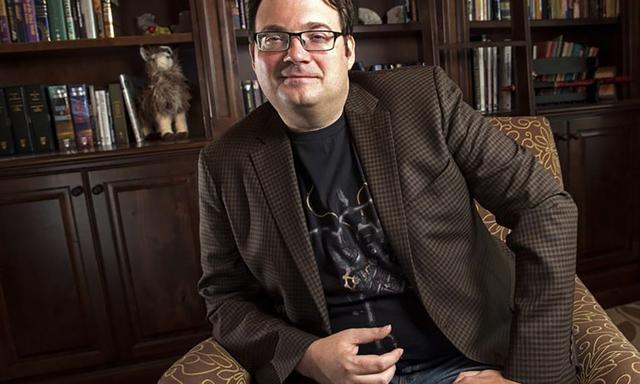If you click on a link and make a purchase we may receive a small commission. Read our editorial policy.
The Sensational She-Hulk: Metafiction in the Mighty Marvel Manner
Here's looking at you 'Pool, Shulkie beat 'ya to it

When Deadpool traveled beyond the fourth wall, he wasn't going where no Marvel Comics superhero had gone before. Although other aspects of the character may sometimes overshadow the metafictional elements of the character in the popular perspective, The Sensational She-Hulk not only broke the fourth wall – she positively smashed it!
Throughout John Byrne's run of on the series, there are many examples of the jade giantess's metafictional schtick… including the lessons she learns from "Weezie," copious references to the creative team, and more than a few meta gags in the traditional Marvel metafictional manner.

Take it Weezie
It wasn't long after The Sensational She-Hulk started that it began veering into all-out metafictional mayhem. In 1989's The Sensational She-Hulk #2 by Byrne, Wiacek, John Oliver, and Glynis Oliver, 'Attack of the Terrible Toad Men, or Froggy Came Cavortin',' as Shulkie takes in her new digs (Janet Van Dyne's unoccupied penthouse), a series of post-it notes convey a critical conversation about the comic between the editorial team (Bobbie Chase and Tom DeFalco).Plus, a 'meanwhile' page in the issue introduces the character of Louise Grant, better known as "Weezie." As the series continued, Weezie would help She-Hulk better understand how to manipulate her world via her metafictional abilities better and offer a deeper comprehension of the unspoken internal mechanics of Marvel Comics.

In The Sensational She-Hulk #4 by Byrne, Wiacek, Oliver, and Jim Jovak, the backstory of Weezie is revealed. She was the Timely Comics heroine, The Blonde Phantom. After pointing out the fact that many readers won't understand a reference She-Hulk makes to Joan Blondell, Weezie explains that Jen won't age, saying, "you'll always be thirty-one, as long as you're in the comics. That's the way it works."
But when superheroes usurped human heroes after the return of the Sub-Mariner in Fantastic Four #4 and Captain America returned in Avengers #4 (a footnote points out all the fours in play here), the Blonde Phantom retired, and Weezie became a housewife. They were content waiting until they "were back in harness," until her husband died of old age. Weezie goes on to explain that she's angling to prolong her lifespan by becoming a supporting character in The Sensational She-Hulk, which is why she ensured her boss, D.A. Towers, would extend Shulkie a job offer.
A Marvel Comics tradition

When the legendary creative duo does appear, it's inside an office filled with neatly labeled drawings of the Hulk, Ant-Man, and Thor… not to mention a big bag of fan mail. Soon Doctor Doom arrives, embroiling the Marvel Comics creative team in a caper that leads to the Fantastic Four getting their own comic book.
Speaking of fan mail, the Fantastic Four themselves answered the letters in the next issue, Fantastic Four #11. As explained in the final panel, the first story in the issue, 'A Visit with the Fantastic Four,' was a "way of answering many of the interesting questions that our readers have written."
This interaction with readers via letter is another Marvel tradition echoed in Byrne's run on The Sensational She-Hulk when an ongoing letters page gag eventually spilled over into the comic. In The Sensational She-Hulk #40 by Byrne and Oliver, an issue that features the slogan "Because You Demanded It" on the cover, a frequent joke about She-Hulk jumping rope in the nude develops into a six-page bit that sees editor Renée Witterstaetter revealing that DeFalco would only ever allow the scene if Shulkie was "wearing something behind those blur lines."
Lost in a good comic book
The Sensational She-Hulk is never interested in letting you forget that you're reading a comic book. One way this is accomplished is through frequent references to the editorial team and equally frequent but much more self-deprecating references to Byrne himself.All this culminates in the final issue, 1993's The Sensational She-Hulk #50. In this "special 48-page issue," Shulkie grapples with the death of the author… literally. Witterstaetter summons She-Hulk to the Marvel Comics offices and informs her that Byrne is dead, having "tripped over a dangling sub-plot and broke[n] his neck." This metafictional conflict creates tension for the issue, which sees many recognizable creators (including Dave Gibbons, Frank Miller, Wendy Pini, Walter Simonson, Howard Chaykin, Adam Hughes, and Howard Mackie) each given a couple of pages apiece for their respective takes on the next She-Hulk run.

In addition to offering a funny roster of stories (and surveying the roster of all-star creators at the beck and call of Marvel Comics), this final issue allows the book to explain its cancellation. As revealed in the final pages, Byrne isn't dead – he's just been retooling the series into "Li'l She-Hulk," an adorable Li'l Archie-esque takes on the Marvel Universe. Disgusted, She-Hulk hurls Byrne out of the Marvel Comics offices, causing him to "Squoit" on the sidewalk many floors blow.
Metafiction mayhem
While some of the more recent runs of She-Hulk haven't emphasized the character's mastery of metafiction, it looks now as though the Marvel Cinematic Universe has… and from there, it's just a short waddle to a spin-off Howard the Duck series that leads to a team-up with Shulkie and Gwen Poole, right? Get down, America!Interested in reading about more comic book winks-at-the-reader? Check out this Popverse piece on The evolution of the Stan Lee cameo in comics.
Follow Popverse for upcoming event coverage and news
Find out how we conduct our review by reading our review policy
Let Popverse be your tour guide through the wilderness of pop culture
Sign in and let us help you find your new favorite thing.
















Comments
Want to join the discussion? Please activate your account first.
Visit Reedpop ID if you need to resend the confirmation email.